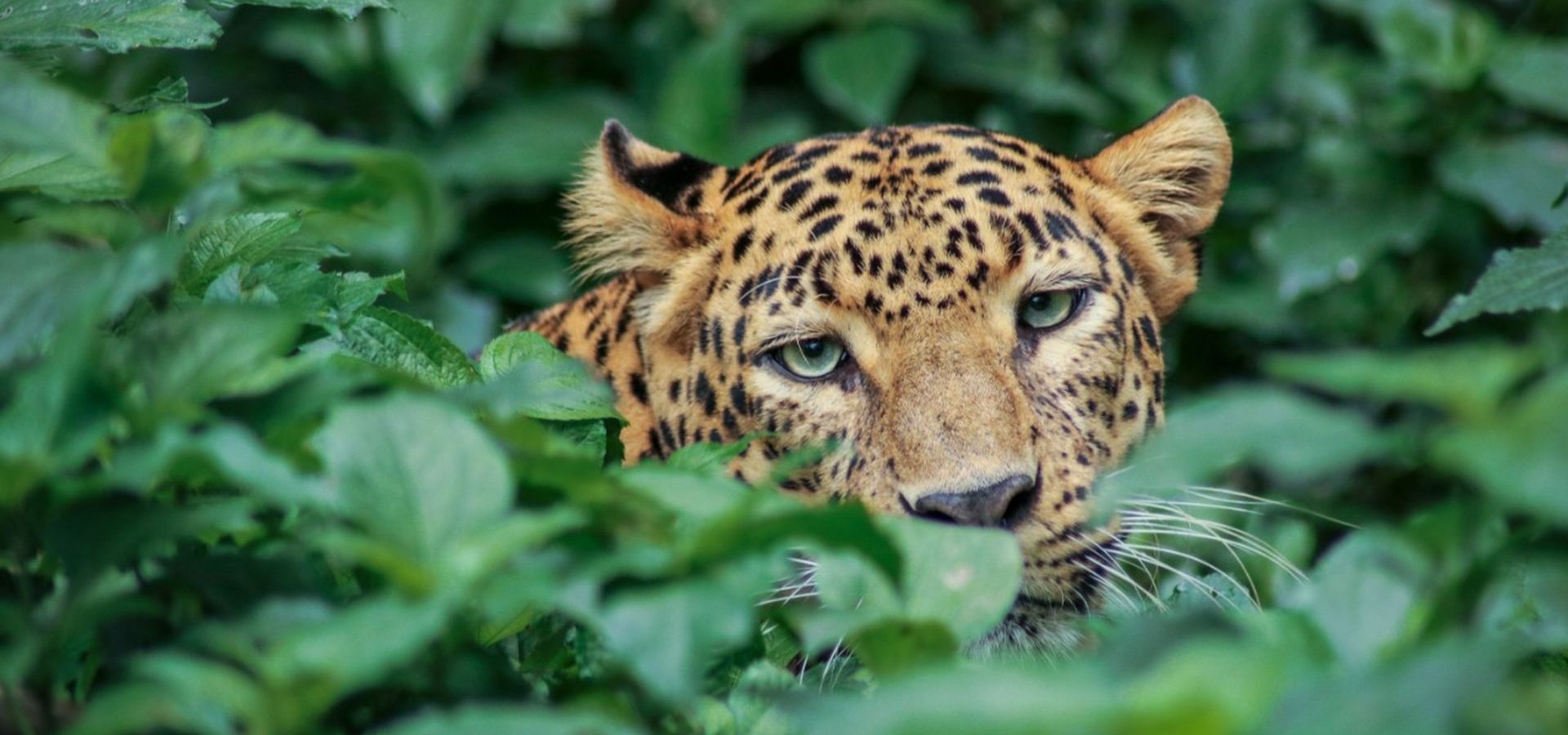Stealthy and elusive, leopards can be found in various places around the world –Sub-Saharan Africa, northeast Africa, Central Asia, India and China.
The secretive nature of these felids has made it difficult to study leopards in the wild, and decreasing forest cover, habitat fragmentation & loss of prey contribute to even lesser occasions of spotting them. Over the years, Wildlife SOS biologists have collected a large amount of camera trap footage during their research studies, which have led to some interesting observations about leopard characteristics and behaviour.
Leopards have a number of habits and traits that make them utterly fascinating & unique. Here are some unusual facts surrounding the magnificent cat!
- Leopards have been known to exist for over 11 million years! The modern leopard is suggested to have evolved in Africa about 0.5 to 0.8 million years ago and to have radiated across Asia about 0.2 and 0.3 million years ago.
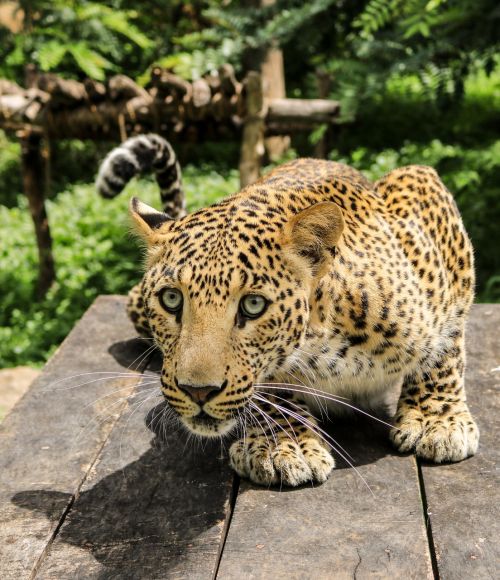
2. Extremely solitary by nature, leopards have never been observed to spend time in groups in the wild. Apart from mating season, leopards stick to strictly demarcated territories and very rarely trespass into others. They mark their territories by leaving scratches on trees, urine scent marks and scat to warn other leopards to stay away.
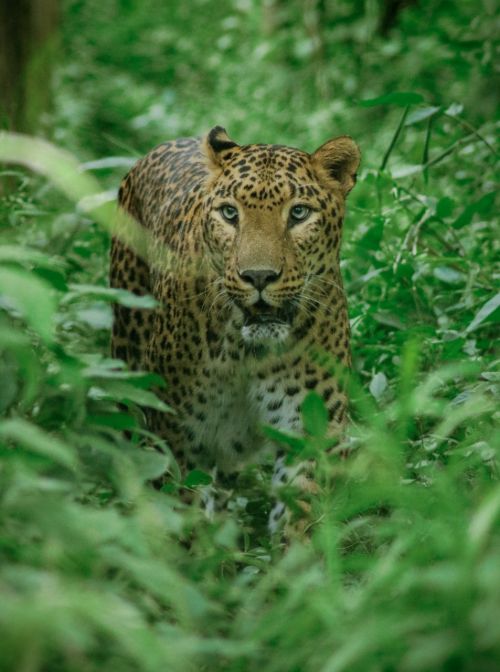
3. Leopard fur is covered with dark spots called “rosettes’. Each rosette on a leopard is like an individual fingerprint – a unique pattern which is used by researchers to identify each individual.
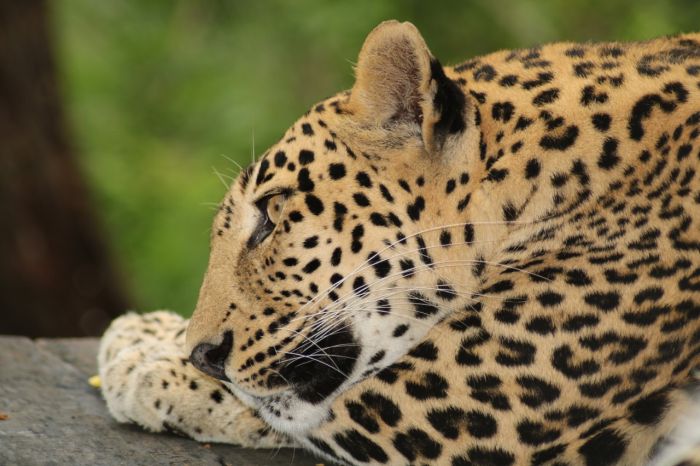
4. Being skilled climbers, leopards can often be spotted lazing atop the highest branches of trees especially during daytime. They are so immensely strong that they can carry their prey, up to twice as heavy, atop the trees, preferring to enjoy their meals in peace.
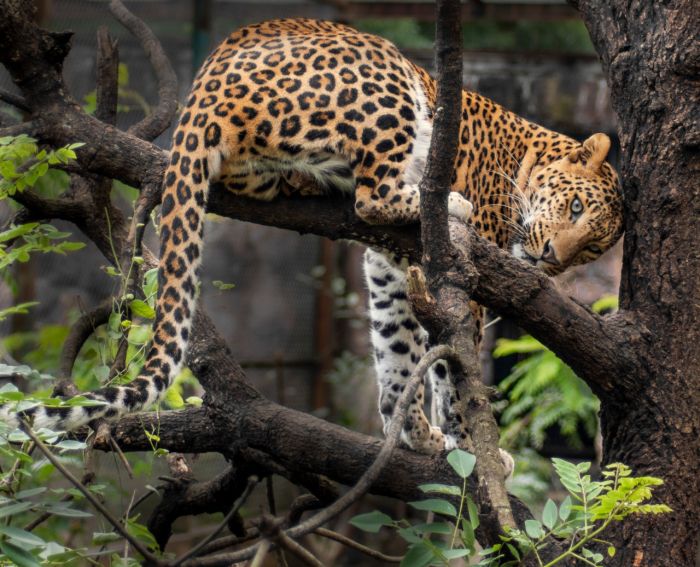
5. Leopards are opportunistic, versatile hunters and have a very broad diet. From insects, fish, rodents to sambar and langur, leopards eat anything that’s available! Unlike other felids, leopards are ambush hunters. They adopt, stealth and stalk their prey quietly, preferring the element of surprise over long chases.
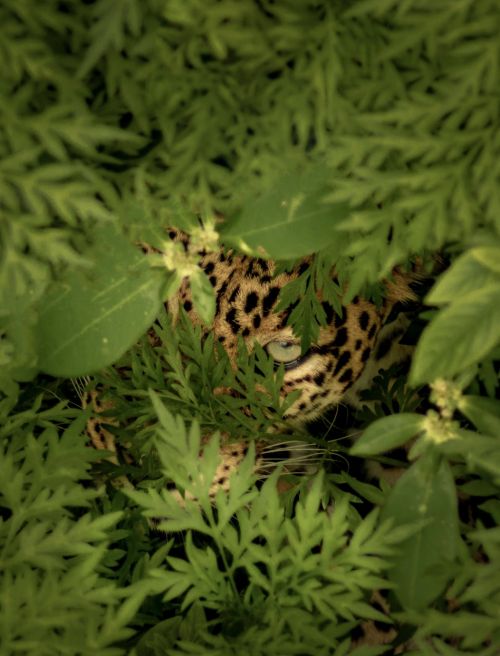
6. Leopards use distinctive calls to communicate with their kind. When they want to make another leopard aware of their presence, they emit a hoarse cough, growl when angry and, like domestic cats, purr when happy and relaxed.
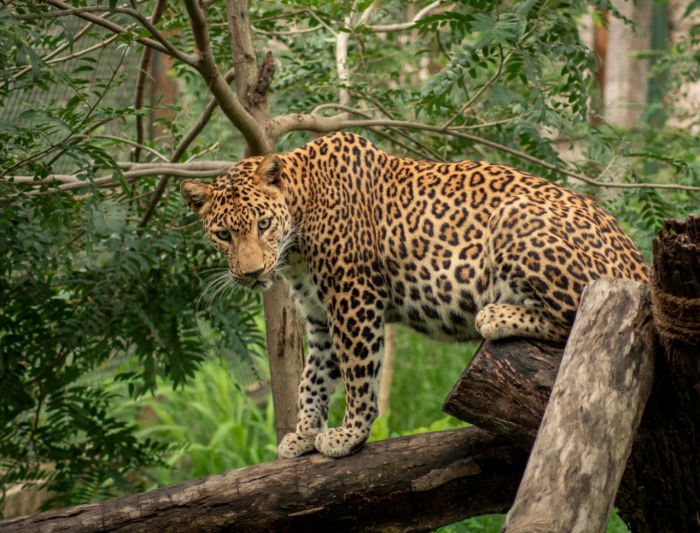
7. All feline tongues, from house pets to leopards, are covered with tiny barbs or hooks, giving the tongue a rough texture. These microscopic projections face toward the cat’s throat, and are the tools that help to groom its coat. In the wild, these rasps tear the flesh off the bones of the big cat’s prey! This same tongue is used to groom cubs and acts as a bonding exercise for the leopards.
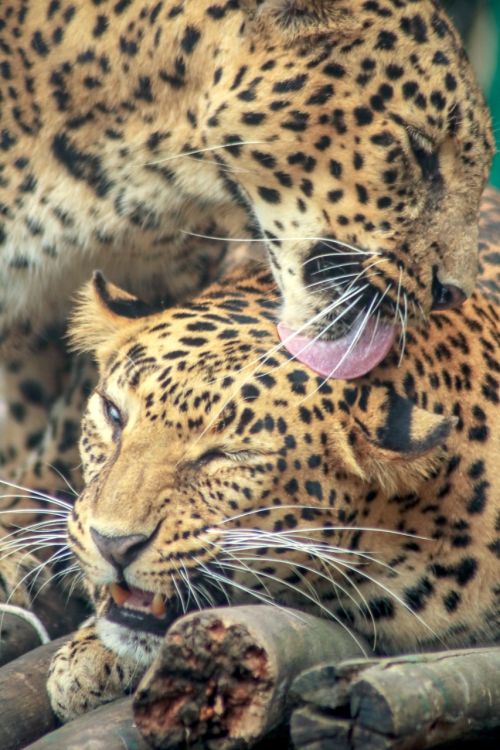
Here are some other lesser known facts about the spotted cats.
- They are fast felines and can run at up to 58km/h. They can jump 6 meters forward through the air – that’s the length of three adults lying head to toe!
- Leopards’ tails are longer than any other big cat, playing a very important role in supreme agility: balancing, jumping, turning sharply, leaping or running. They can measure up to 3 feet!
- Leopards can see seven times better in the dark than humans! Being nocturnal animals, they are more active at night and mostly spend their days resting, camouflaged in the trees or hiding in caves.
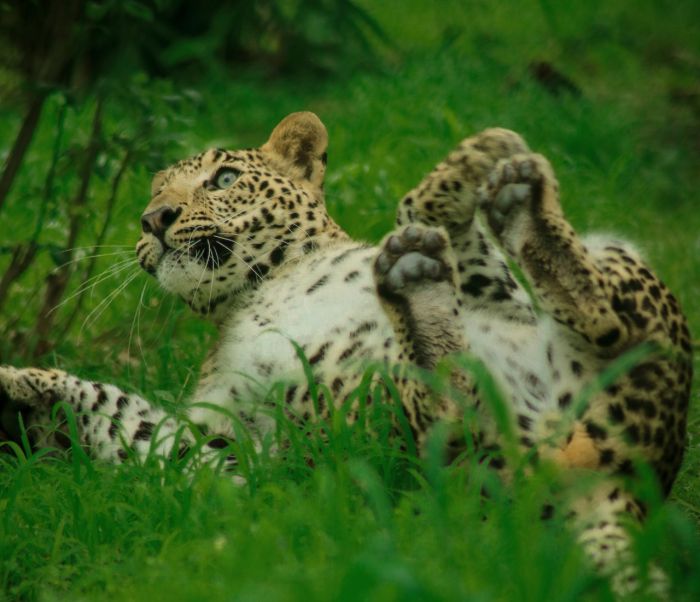
Wildlife SOS works quite closely with leopards in the state of Maharashtra where they often fall prey to man-animal conflict, snare traps and open wells amongst the prevalent threats of habitat destruction. Learn more about living with leopards on our website, here and watch videos of the big cats under our care on our YouTube channel.
Wildlife SOS supports responsible and cruelty-free tourism for our great nation and aims to educate tourists about India’s vast and diverse wildlife in partnership with the Responsible Tourism Society of India.

